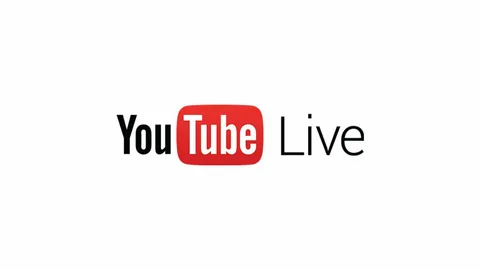
YouTube live streams are becoming more and more popular with both audiences and brands. They are a great way to engage your viewers and build anticipation for future content.
You can schedule live streams in advance and announce them on YouTube. This will create a premiere thumbnail that users can click on to request notifications when the video goes live.
Camera
The type of camera you need to create a live stream depends on what you want to do. For example, if you want to stream yourself talking to your audience, you can use your mobile device’s camera. However, if you want to stream gaming or other audiovisual content, you need more equipment, such as video hardware and multiple cameras.
When you’re creating a live stream, you can choose whether you want to go live right now or at a scheduled time in the future. You can also set the stream’s title, description, privacy settings, and upload a thumbnail.
You can also add live automatic captions to your stream so that it’s accessible to people who can’t use their device’s audio. This makes your content more inclusive and encourages viewers to interact with you.
Sound
Having good audio for your live stream is essential. Poor sound can make your stream seem unprofessional and cause viewers to tune out. Make sure your audio equipment is working properly, and invest in a microphone that is tailored to your specific needs.
YouTube live streams also need to be accompanied by an attention-grabbing video title, description and thumbnail. Using the right keywords in your titles can help your video rank higher on search results pages.
Lastly, live automatic captioning is an important feature to include in your live stream. This will allow you to reach more viewers and make your content more accessible for people who don’t have access to sound on their devices. This can be especially helpful for those with hearing impairments.
Editing
Unlike normal YouTube videos, live streams can’t be edited. While this can be a drawback, it also means that you’ll have to make your best effort to prepare for the stream and stick to a planned agenda.
It’s important to add captions to your livestreams so that people who can’t use their device’s sound or don’t speak English can understand what you’re saying. You can enable this feature in your settings or when you’re creating a new stream.
It’s also important to optimize your stream’s description by using keywords and adding relevant links to help viewers find and watch your livestreams. You can also use call-to-action (CTA) overlays to direct viewers to your website or social media channels. You’ll also want to create a eye-catching thumbnail image for your stream.
Highlights
Making YouTube highlights is a great way to repurpose your live stream and reach a new audience. To make these videos, identify your best clips and edit them to create a story. Once you have your final video, upload it to a platform like YouTube or Twitch and share it with your audience.
Before you start your live stream, make sure that you have all the equipment you need to ensure quality video. Also, practice the basics, such as lighting and how you look on camera. Lastly, have backup batteries and chargers in case you run into technical difficulties during your live stream. If you don’t have any equipment, consider renting it from a company that provides rental services for streaming creators. This will give you the flexibility to use the best equipment for your stream and save you time and money.
Safety
The same YouTube community guidelines that apply to uploaded videos also apply to live streams. If you broadcast content that is dangerous, hateful or sexually explicit, you may be subject to restrictions on your live stream and possibly be banned from YouTube entirely.
Have a plan before you start streaming. It’s important to have a goal in mind, so that you don’t wander off and waste your audience’s time. It’s even better if you can write notes before the show so that you don’t forget what to say.
Get a chat moderator for your stream. It’s best to have someone who is familiar with YouTube’s chat rules, so that they can ensure all comments are appropriate. You can find this information on the Stream settings page.